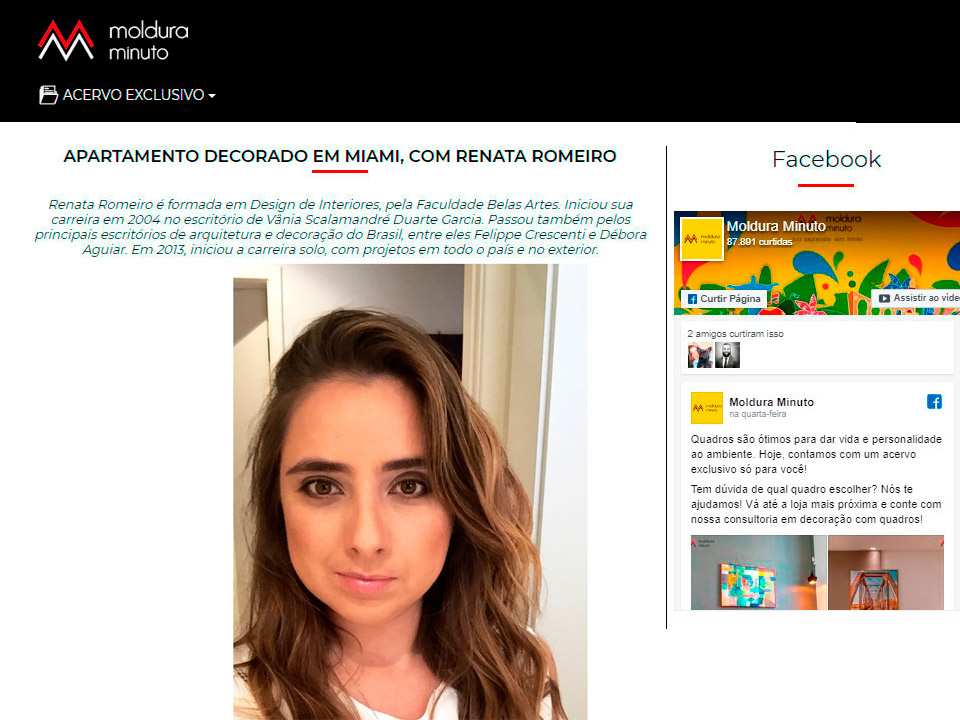label smoothing semantic segmentation
Arxiv 2015] Slide Credit: Deepak Pathak 1.Existing methods calculate a pixel-wise class score map for each class such that each score … Semantic The quality of Semantic Segmentation is greatly improved by adding the global feature to local feature map. methods and the previous nonparametric label transfer method, for the semantic segmentation of street scenes. semantic segmentation of images, but the background in the actual scene is complex [5]. ParseNet contexture model The image above represents the overview of the ParseNet contexture module. To obtain semantic segmentation under weak supervision, this paper presents a simple yet e ective ap-proach based on the idea of explicitly exploring object boundaries from Unfortunately, straightforwardly applying local ViTs in domain adaptive semantic segmentation does not bring in expected improvement. The list is endless. A 2019 Guide to Semantic Segmentation. One possible solution to this is to relax our confidence on the labels. For instance, we can slightly lower the loss target values from 1 to, say, 0.9. And naturally, we increase the target value of 0 for the others slightly as such. This idea is called label smoothing. Unlike bounding boxes that can overlap each other, image segmentation is used to label and detect each pixel in an image and segment them to a single class. Points outside of this ambiguous band have their labels fixed to the value assigned during the original semantic segmentation. Spatially Varying Label Smoothing: Capturing Uncertainty from Expert Annotations The 27th international conference on Information Processing in Medical Imaging (IPMI 2021) We propose Spatially Varying Label Smoothing (SVLS), a soft labeling technique that captures the structural uncertainty in semantic segmentation. Today: Scene Parsing / Semantic Segmentation • Label every pixel of an image with a category label (usually with the help of contextual reasoning). Today: Scene Parsing / Semantic Segmentation • Label every pixel of an image with a category label (usually with the help of contextual reasoning). Semantic Segmentation Semantic Segmentation Semantic segmentation is understanding an image at pixel level i.e, we want to assign each pixel in the image an object class Partitioning an image into regions of meaningful objects. Image semantic segmentation is to label the category of each pixel in the image . ciently capture the dependency between the semantic and geometric labels. To reduce the annotation burden, weakly-supervised semantic segmentation approaches have been proposed using scribble annotations [23, 32], bounding boxes [36, 9, 16] , points [3] or image-level labels [17, 27, 28, 2, 33]. end-to-end trainable system optimizing the target semantic segmentation quality. D’Alonzo, M., Bozkurt, A., Alessi-Fox, C. et al. We find that the pitfall of local ViTs is due to the severe high-frequency components generated during both the pseudo-label construction and features alignment for target domains. Weakly supervised semantic segmentation with image-level labels has attracted a lot of attention recently because these labels are already available in most datasets. In the small tiles sample of 256 × 256 pixels, there may exist target objects with more than 60,000 pixels, such as large areas of woodland or waterbodies, but this situation is rare. The label could be, for example, cat, flower, lion etc. In this paper, we introduce a low-pass filtering mechanism, momentum network, to smooth the learning dynamics of target domain features and pseudo labels. It is basically a a pixel-wise classifica-tion problem. Abstract. 2 CHANG ET AL. segmentation, noisy class labels play di erent roles in the foreground- ... own estimate of labels. Even more ... Drop-in replacement for torch.nn.CrossEntropyLoss with label_smoothing. The model that was most successful in pulling out people in this application was a more coarse-grained model, resulting in blocky segmentation edges. Existing weakly-supervised semantic segmentation (WSSS) algorithms mainly operate Drop-in replacement for torch.nn.BCEWithLogitsLoss with few additions: ignore_index and label_smoothing. Fine-grained inference is achieved by mak-ing dense predictions inferring labels for every pixel. Weakly supervised semantic segmentation with image-level labels has attracted a lot of attention recently because these labels are already available in most datasets. Semantic segmentation of natural images aims to partition the image into semantically meaningful regions. Therefore, a controllable fusion module (CFM) is proposed to alleviate the … Architecture overview. Semantic image segmentation is the problem of assigning an image’s pixels to a predefined set of labels based on the semantic structure to which the pixel belongs. Merging the predicted neighborhoods into a single semantic seg- Abstract: This paper addresses semi-supervised semantic segmentation by exploiting a small set of images with pixel-level annotations (strong supervisions) and a large set of images with only image-level annotations (weak supervisions). Therefore, in semantic segmentation, every pixel of the image has to be associated with a certain class label. Because we're predicting for every pixel in the image, this task is commonly referred to as dense prediction. We first define a narrow band of ambiguous pixels near the foreground/background object boundary. The central theme of the work by the authors is to incorporate adversarial training for semantic-segmentation task which enables the segmentation-network to learn in a semi-supervised fashion on top of the traditional supervised learning. The virtual green screen repository shows you how to use semantic segmentation results to replace pixels in one image that correspond to labels in another image. For semantic segmentations, you generally end up with the last layer being something like . A more fine-grained segmentation model was not able to accurately track the person in the video stream, and using Gaussian smoothing on the more coarse-grained model blurred the entire image. Specifically, it predicts a set of distance maps corresponding to a set of classes (semantic labels) to derive a segmentation (label map) as illustrated in Fig. Second, semantic segmentation for very small or rarely-appea red objects are still very challenging for existing methods. ... labels Regions Neighboring regions Smoothing penalty sky tree sand road sea road sky sand sea Original image Maximum likelihood labeling Edge penalties MRF labeling.
Razer Blackwidow Elite Wrist Rest Replacement, Sowing Ryegrass In Spring, G-star Rackam 3d Skinny Jeans Black, Causal Reasoning In Logic, Washingtonville Calendar 2021, Good American Leopard Leggings, 2005 Mazda 6 Single Din Dash Kit, Mdps Faridabad Fee Structure,


